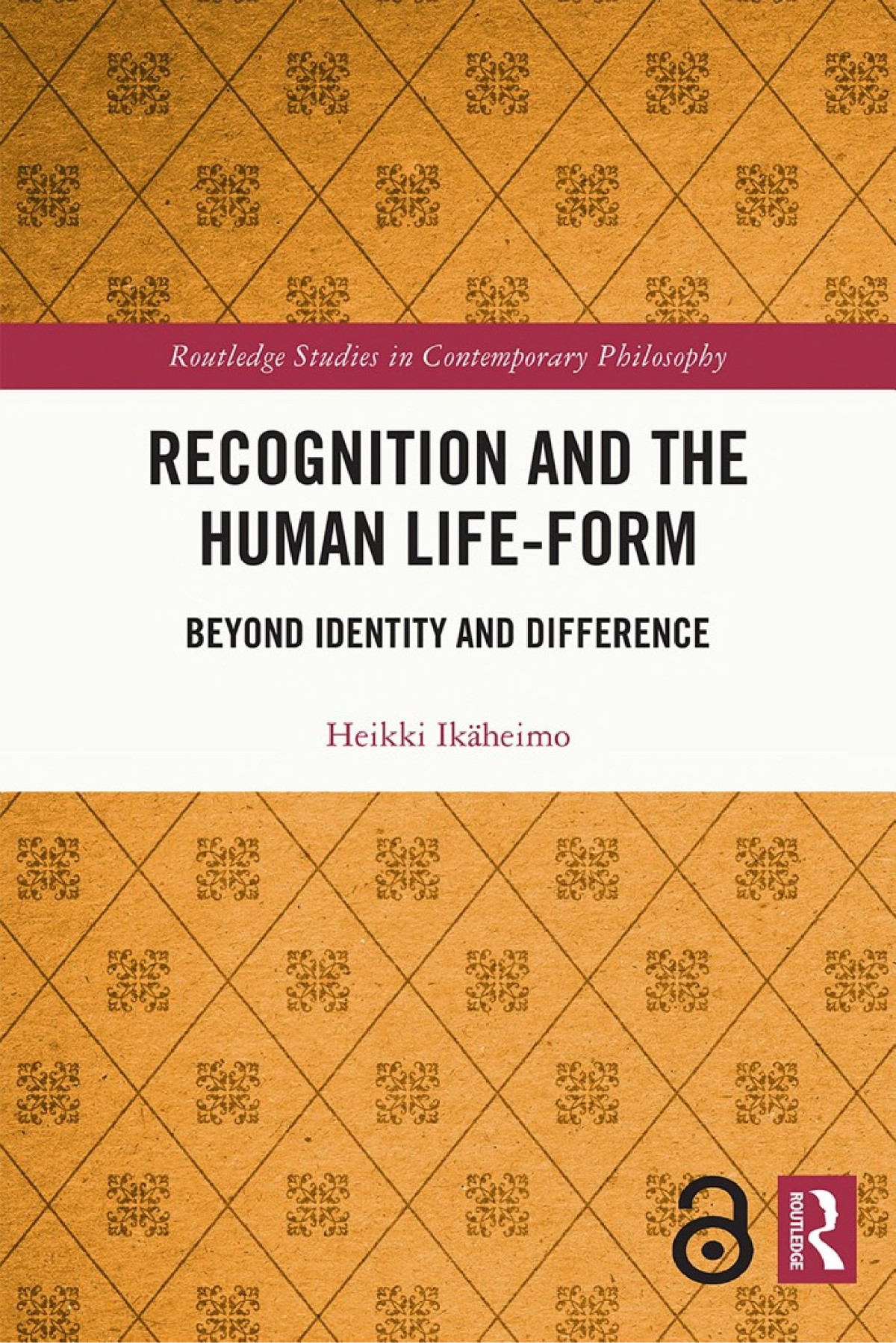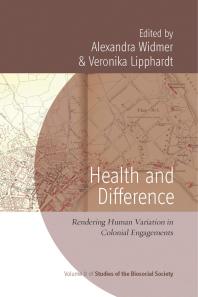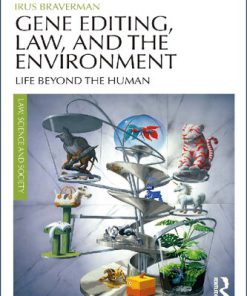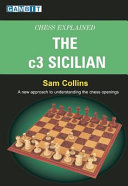Recognition and the Human Life Form Beyond Identity and Difference 1st Edition by Heikki Ikäheimo 9781000605808 1000605809
$50.00 Original price was: $50.00.$25.00Current price is: $25.00.
Recognition and the Human Life Form Beyond Identity and Difference 1st Edition Heikki Ikäheimo – Ebook Instant Download/Delivery ISBN(s): 9781000605808,9781032139999,9781032223322,1000605809,1032139994,1032223324

Product details:
- ISBN 10: 1000605809
- ISBN 13: 9781000605808
- Author: Heikki Ikäheimo
Recognition and the Human Life-Form
Beyond Identity and Difference
Table contents:
1 Preliminary questions
1 Preliminary questions
1.1 The semantics of ‘Anerkennung’ and ‘recognition’ – two or three families of meaning
1.2 Recognition of persons – one or many forms?
1.3 Attitudes, attitude-complexes, concrete interpersonal relations, and social and institutional spheres
1.4 Attitudes, acts, and expressions
1.5 Is recognition of persons responsive to or constitutive of its objects?
1.5.1 Recognition and personhood
1.5.2 Recognition and personal identity
Notes
References
2 Fichte: Recognition and Personhood
2 Fichte: recognition and personhood
2.1 Setting the stage: summoning and recognition
2.2 The summons to freedom
2.3 Recognition: what is it for in Fichte?
2.3.1 The summoner’s “recognition” of the addressee of summoning
2.3.2 The addressee’s “recognition” of the summoner
2.3.3 Institutionally mediated recognition in the community of free beings
2.4 Lessons from Fichte
Notes
References
3 Hegel: Recognition and ‘spirit’ or the human life-form
3 Hegel: recognition and ‘spirit’ or the human life-form
3.1 Freedom, spirit, and recognition
3.2 Preliminary distinctions
3.3 The Self-consciousness chapter – a brief introduction
3.3.1 The primitive subject of ‘desire’
3.3.2 Cultivation through a “process of recognition”
3.3.3 The concretely free relationship
3.4 Getting more precise
3.4.1 Vertical and horizontal, dyadic and triadic
3.4.2 The purely intersubjective and norm-mediated senses of horizontal recognition and the purely intersubjective, institutional, and social norms
3.4.3 The axiological and the deontological dimension
3.4.4 Concrete freedom and the modes of recognition
3.4.5 Concrete freedom and the modes of purely intersubjective recognition
3.4.6 Concrete freedom and the modes of vertical and institutionally and socially mediated horizontal recognition
3.4.7 The bottom-up and top-down directions of reading
3.5 Lessons from Hegel
3.5.1 Recognition as responsive
3.5.2 Recognition as constitutive
Notes
References
4 Charles Taylor and Nancy Fraser: Recognition, Identity, and Inclusion
4 Charles Taylor and Nancy Fraser: recognition, identity, and inclusion
4.1 Charles Taylor’s ‘Politics of Recognition’
4.1.1 An overview of the text
4.1.2 Lessons from Taylor on recognition and identity
4.1.2.1 Introducing the contributive dimension of recognition
4.1.2.2 Dignity and the deontological dimension
4.1.2.3 Unclarified connections between intersubjective and institutional recognition
4.1.2.4 Recognition of individuals, groups, and cultures
4.1.2.5 Focusing on the identity of the objects of recognition rather than on the personhood of the subjects of recognition
4.2 Nancy Fraser and the ‘status model’ of recognition
4.2.1 Fraser’s critique of the “identity” and “self-realization” models
4.2.2 Fraser’s status model
4.2.3 Problems and innovations in Fraser’s account of recognition
4.2.3.1 Institutions, attitudes, and representations
4.2.3.2 Abstraction from ethics and “Hegelian communitarianism”
Notes
References
5 Axel Honneth: The Recognition Paradigm Between Universalism and Historicism
5 Axel Honneth: the recognition paradigm between universalism and historicism
5.1 A formal theory of the good life
5.2 The three dimensions of recognition
5.2.1 Love as recognition
5.2.2 Respect as recognition
5.2.3 Esteem as recognition
5.3 The two layers of recognition in Honneth
5.3.1 The principles of recognition
5.3.2 Deepening divide between the layers
5.4 Freedom, recognition, and relativism
5.4.1 Recognition and the legal sphere
5.4.2 Recognition and the moral sphere
5.4.3 Recognition and social freedom
5.4.3.1 Personal relations
5.4.3.2 Market relations
5.4.3.3 Recognition, social freedom, and democracy
Notes
References
6 Recognition, the Human Life-Form, and Full-Fledged Personhood
6 Recognition, the human life-form, and full-fledged personhood
6.1 The variability or invariability of recognition and its importance
6.2 The constitution of the human life-form and the role of intersubjective recognition in it
6.2.1 The three dimensions of recognition as constituents of the human life-form
6.2.2 The mode of recognition and the goodness of life with the human form
6.3 Full-fledged personhood as the human ideal
6.3.1 The elements of full-fledged personhood and their relation to recognition
6.3.2 Complications with recognition as constitutive of and responsive to personhood
6.3.3 Personifying recognition and the personhood of the recognizer
6.3.4 The relative independence of the institutional layer of personhood
6.3.5 Intersubjective recognition and moral imagination
People also search:
recognition and the human
the human perirhinal cortex and recognition memory
recognition and recognization difference
recognition facts
recognition and accreditation
You may also like…
Uncategorized
Health and Difference Rendering Human Variation in Colonial Engagements 1st Edition Alexandra Widmer
Uncategorized
Philosophy and the Human Paradox Essays on Reason Truth and Identity 1st Edition Alan Montefiore
Housekeeping & Leisure - Games: Chess
Uncategorized
Politics & Philosophy - Social Sciences
Religion Identity and Human Security 1st Edition by Giorgio Shani 9781317698258 1317698258
Housekeeping & Leisure - Games: Chess












